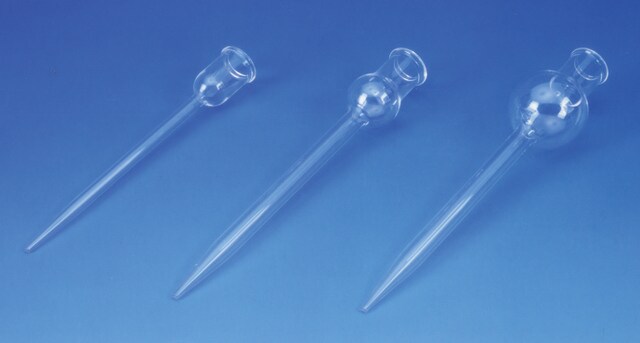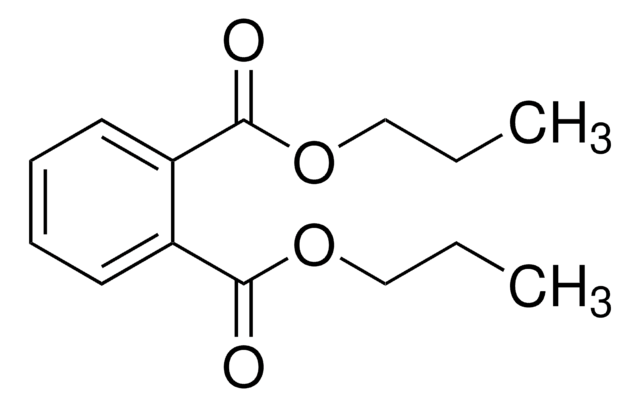MABF2074
Anti-MuLV TM Antibody, clone 42-114
clone 42-114, from rat
Synonym(s):
Murine leukemia virus
Sign Into View Organizational & Contract Pricing
All Photos(1)
About This Item
UNSPSC Code:
12352203
eCl@ss:
32160702
NACRES:
NA.41
Recommended Products
biological source
rat
Quality Level
antibody form
purified immunoglobulin
antibody product type
primary antibodies
clone
42-114, monoclonal
species reactivity
virus
packaging
antibody small pack of 25 μL
technique(s)
immunoprecipitation (IP): suitable
western blot: suitable
isotype
IgMκ
target post-translational modification
unmodified
General description
The murine leukemia virus (MuLV) is a gammaretrovirus that has a positive, single-stranded sense RNA, which replicates via reverse transcription. The envelope of the virus is shown to be covered with glycoprotein spikes. Three major genes produced by the murine leukemia virus are gag, pol, and env. The gag gene codes for the group-specific antigen that is responsible for the production of the viral matrix capsid and nucleoproteins. The pol gene encodes reverse transcriptase, a protease, and an integrase. The reverse transcriptase is used to make complementary DNA by reverse transcribing its own RNA into DNA. The reverse transcriptase in MuLV is able to act as a monomer as opposed to a dimer. The integrase integrates the synthesized viral DNA into the host cell s DNA. The env gene codes for a glycosylated protein that is processed into the two viral envelope proteins, gp70 and p15(E), which aid the virus in selecting and attacking host cells. The gp70 protein has the receptor binding activity of the virus. Retrovirus membrane fusion is catalyzed by the Env, surface (SU) and transmembrane (TM) proteins. The SU protein is involved in receptor binding, while the TM protein contains the necessary elements for membrane fusion. Clone 42-114 is TM-specific and does not recognize G541R mutants. (Ref. Schneider, WM., et al. (2008). Virology. 371(1); 165-174).
Specificity
Clone 42-114 detects murine leukemia virus in infected cells.
Immunogen
AKR K36 and AKR SL3 leukemia virus.
Application
Anti-MuLV TM, clone 42-114, Cat. No. MABF2074, is a rat monoclonal antibody that detects Murine leukemia virus (MuLV) transmembrane protein and has been tested for use in Immunoprecipitation and Western Blotting.
Immunoprecipitation Analysis: A representative lot immunoprecipitated MuLV TM (Pinter, A., et. al. (1982). Virology. 116(2):499-516).
Western Blotting Analysis: A representative lot detected MuLV TM in Western Blotting applications (Schneider, W.M., et. al. (2008). Virology. 371(1):165-74).
Western Blotting Analysis: A representative lot detected MuLV TM in Western Blotting applications (Schneider, W.M., et. al. (2008). Virology. 371(1):165-74).
Research Category
Inflammation & Immunology
Inflammation & Immunology
Quality
Evaluated by Western Blotting in HEK293 cells infected with murine leukemia virus (MuLVs).
Western Blotting Analysis: A 1:250 dilution of this antibody detected MuLV TM in HEK293 cells infected with murine leukemia virus (MuLVs).
Western Blotting Analysis: A 1:250 dilution of this antibody detected MuLV TM in HEK293 cells infected with murine leukemia virus (MuLVs).
Target description
~15 kDa observed. Uncharacterized bands may be observed in some lysate(s).
Physical form
Format: Purified
Purified rat monoclonal antibody IGM in PBS with 0.05% sodium azide.
Storage and Stability
Stable for 1 year at 2-8°C from date of receipt.
Other Notes
Concentration: Please refer to lot specific datasheet.
Disclaimer
Unless otherwise stated in our catalog or other company documentation accompanying the product(s), our products are intended for research use only and are not to be used for any other purpose, which includes but is not limited to, unauthorized commercial uses, in vitro diagnostic uses, ex vivo or in vivo therapeutic uses or any type of consumption or application to humans or animals.
Not finding the right product?
Try our Product Selector Tool.
Storage Class
12 - Non Combustible Liquids
wgk_germany
WGK 1
Certificates of Analysis (COA)
Search for Certificates of Analysis (COA) by entering the products Lot/Batch Number. Lot and Batch Numbers can be found on a product’s label following the words ‘Lot’ or ‘Batch’.
Already Own This Product?
Find documentation for the products that you have recently purchased in the Document Library.
Our team of scientists has experience in all areas of research including Life Science, Material Science, Chemical Synthesis, Chromatography, Analytical and many others.
Contact Technical Service








